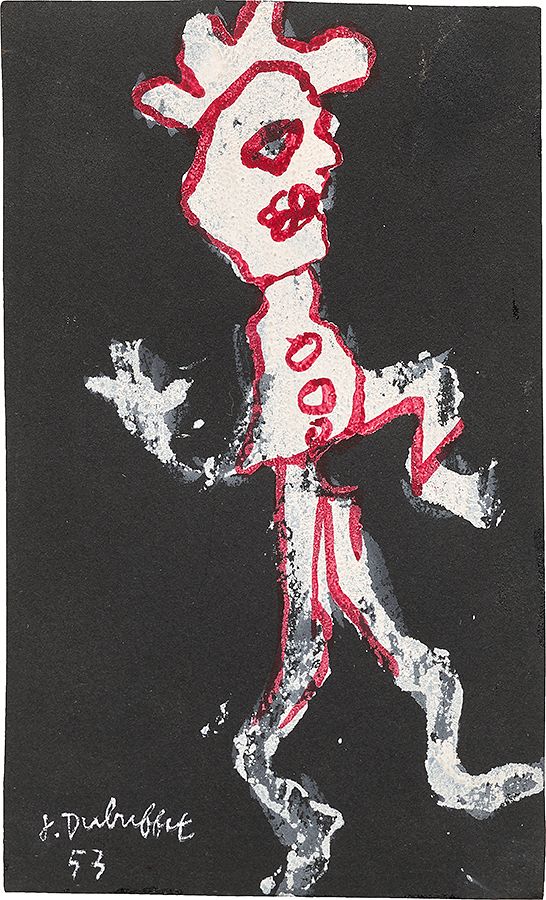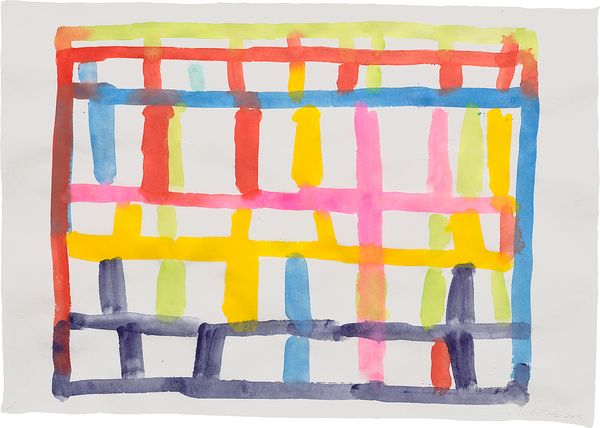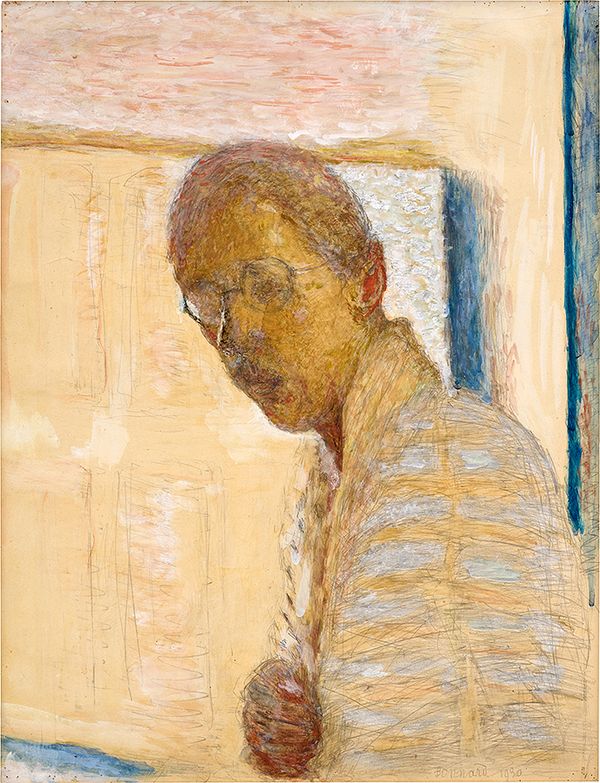Pierre Bonnard, Autoportrait, 1930. Sold for $2,238,000. Living the Avant-Garde: The Triton Collection Foundation.
Last year, Phillips and Art Start announced The Phillips Apprenticeship, a first-of-its kind program in the auction industry. The program promotes inclusivity by fostering a more open and diverse career landscape. Over the course of 1 year, apprentices gain firsthand experience across all sales departments, in addition to Events, Operations, Property Handling, Client Services, and more.
Here, Mark-Anthony Kai Hudson — a member of the inaugural 2024 class of apprentices — shares insights into his newfound love of gouache, and how it is used in works he’s gotten to know personally.
Discover works made with gouache in our upcoming Editions & Works on Paper auction in New York on 27 June. On view through 27 June.
What did the artist say when they dropped their materials?
“Oh, my gouache.”
Gouache — pronounced goo-aash — is not as commonly used as acrylic or oil, but this medium has been around for centuries. A form of gouache was used in ancient cultures around the world such as Egypt and India, but the term we use today comes from the Italian word “guazzo,” which means puddle. This likely stems from the watery nature of the material.
Gouache is like watercolor but opaque. It is heavier, has more reflective qualities, and can give an effect of luminosity. Most artists use gouache because it dries quickly, is easy to blend, and has great texture which allows for other mediums to be used in tandem with it. I was so curious about the medium that I decided to experiment with it, and the result was very interesting. I discovered that the way gouache looks is based on the amount of it that’s used, the surface it’s applied to, and whether water is added. Let’s look at some artworks recently on offer at Phillips to see what we can notice about how the artists used gouache.
Pierre Bonnard
This artwork is an example of how versatile gouache can be. The colors emanating from this work deliver a sense of reflectiveness, especially when considering that it’s a self-portrait. Having handled this artwork for the Living the Avant-Garde: The Triton Collection Foundation sale in 2023, I felt as if I was face-to-face with Bonnard himself. He executed this work in 1930, and there is a sense of authenticity and spirituality radiating from it. Bonnard combined gouache with watercolor to create an eggshell cream tone that encapsulates his form. If we look closely, we can see that pencil was also used. The scribbles are subtle and gentle, and it rounds out the overall impression of this impeccable self-portrait. From this, we see how well gouache can work alongside other mediums.
Jean Dubuffet

Jean Dubuffet, Personnage rose, fond noir, 1953. 20th Century & Contemporary Art Day Sale, London.
Sold for £19,050.
When translated from French, the title of this work is “Pink character, black background.” Here, we see the style known as Art Brut — a term Jean Dubuffet coined which literally means “raw art.” In this work he employed only gouache on a postcard. When using gouache on paper myself, I’ve noticed similar effects to what we see here. For example, the gouache allowed for great freedom straight out of the tube, easily spreadable across the paper. We can see this here with Dubuffet’s 1953 work, as the black background showcases the opacity of the medium. It engulfs all the white space, leaving behind the image of an intriguing figure. Its arms and legs are matte, meaning Dubuffet likely applied gouache that was dipped in water, reducing the vibrancy of the pigment. On the other hand, the head and torso are bolder, likely executed with gouache applied straight from the tube. One can only imagine what this figure represents, but this is a prime example of the unconventional style of Art Brut.
Stanley Whitney

Stanley Whitney, Untitled, 2016. New Now, London.
Sold for £20,320.
Stanley Whitney’s masterful use of color and placement is on full display here with this exuberant gouache on paper artwork. His style is rooted in minimalist art and deeply informed by jazz music. We see how these two influences come together here. The box and dashes within it are basic yet convey a lot. This makes me think of jazz improvisation, where there are no incorrect notes, only adjustments. Likewise, in this work, there are no wrong strokes. Everything is intentional. Whitney has said, “Getting the rhythm of a painting is really important to me. There’s no beginning and no end, and I can shift around in it from any spot.” He seemed to be having fun and exploring with it, much like a horn soloist would in a jazz ensemble. Some colors are loud, whereas others are muted. It appears that the reds and yellows were applied straight from the tube, and others like the dark blue were mixed with water. We can see how gouache colors blend at the intersections throughout.
All these artworks share the medium of gouache but notice how each artist’s approach is different — Bonnard’s use of gouache lends his self-portrait an atmospheric quality, Dubuffet used it in an elemental, almost primitive way, and Whitney used gouache to make his work ring with the vibrancy of jazz. Every artist has their own style and way of using the medium, but it’s undeniable that gouache is timeless.
Stanley Whitney’s 2003 work, Untitled, is on offer in Phillips’ Modern & Contemporary Art Evening & Day Sale in London on 27 June.
Discover More from Phillips Editorial >
